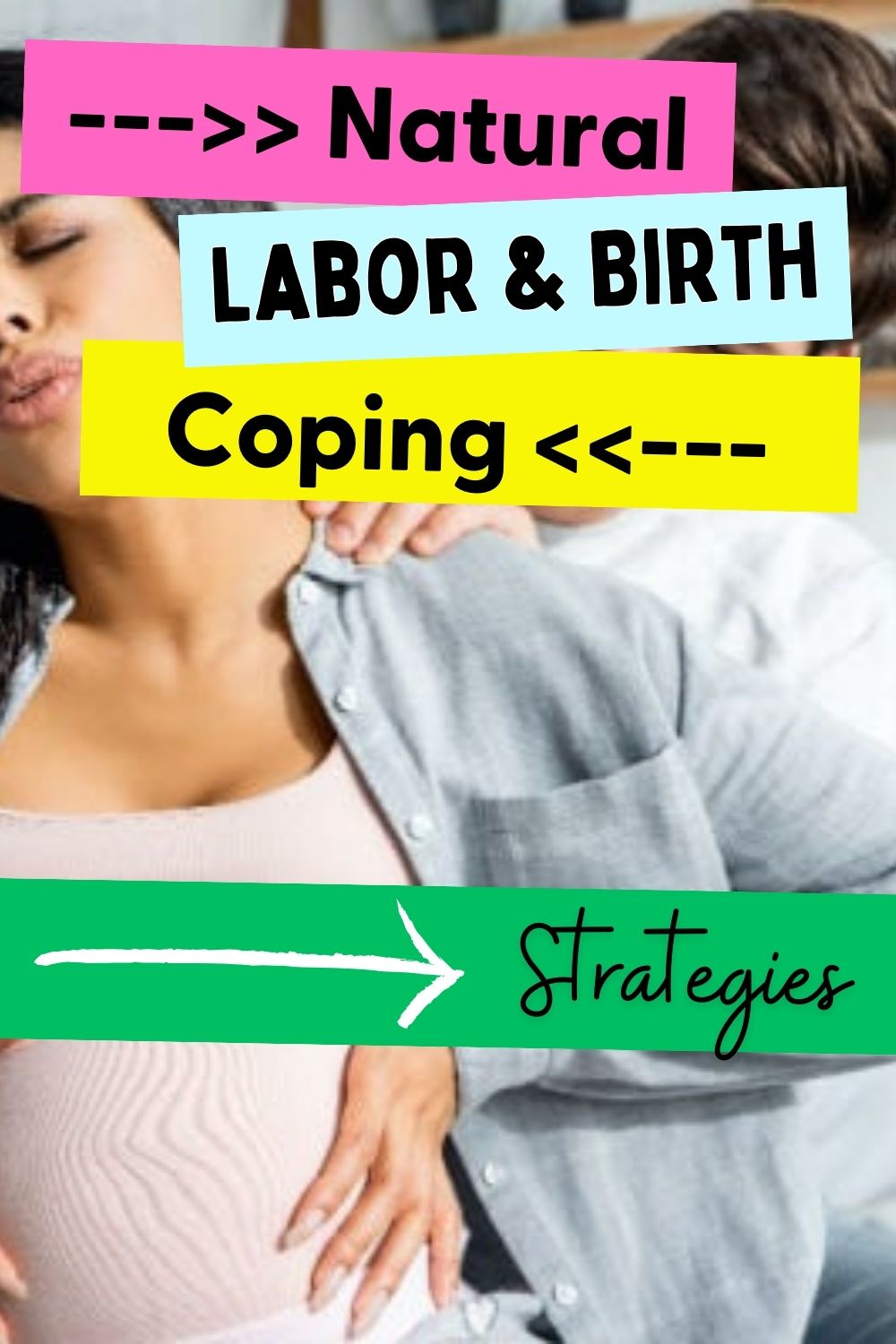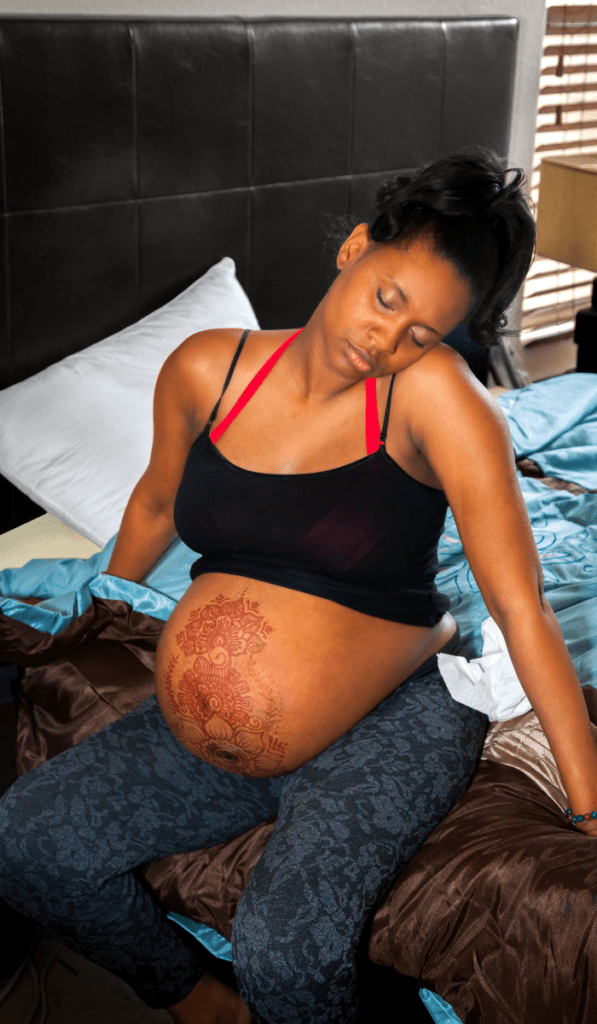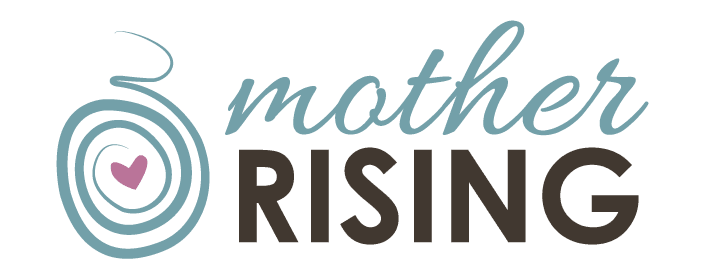The fear tension pain cycle reveals how all three feed off each other creating an ever increasingly painful birth. This cycle is something parents need to understand when learning about pain management for labor. Keep reading to better understand one of the best natural labor and birth coping strategies to reduce pain. Onward!
On This Page
8 minute read
↓The Fear —> Tension —> Pain Cycle
↓Tension Creates More Pain
↓Fear Creates More Pain
↓Snowballing Pain
↓Addressing Fear: Is Pain in Labor Bad?
↓Benefits of Labor Pain
↓Addressing Tension: SMH
↓Remember Oprah

The Fear —> Tension —> Pain Cycle
There are many things parents can do to reduce pain and suffering during childbirth. One of them is to understand this painful cycle. Let me explain.
Pain
Believe it or not, pain is a good and natural reaction to something that is not good or safe. Pain has its place! And is usually a warning sign that something isn’t right. It’s a good thing we feel pain, because if we didn’t, we would severely burn or hands every time we cooked something in the kitchen!
Fear
After feeling the pain, our body instantly responds with fear and adrenaline, putting our bodies into the fight or flight response. This isn’t something our brains thinks about, it’s an automatic response. You don’t stop to think about how the burning cookie sheet feels in your hands and what to do next. Your body has it handled because something is WRONG, WRONG, WRONG!
The next time you bake cookies and go to grab the cookie sheet, you may notice yourself feeling fearful again, remembering the pain of the burn. Your body is afraid of getting injured again! The automatic fear response is a good thing. It keeps us from harm now and from further harm in the future!
Tension
When we feel the pain and feel the fear, our bodies tense up and pull away. Our bodies tense and fill with adrenaline – ready to fight the bear (or cookie sheet) or run away from the bear (or cookie sheet). Next time we smell even a hint of a bear (or cookie) our bodies tense up, preparing to fight once more. 🍪🐻

Tension Creates More Pain
The thing is, tension in the body allows the body to experience more pain. Tension creates more pain, which in turn tells our brain that something is WRONG, WRONG, WRONG. This is good if you’re fighting bears or cookies, but not at birth. Try it out for yourself:
- The next time you’re in any sort of pain, tighten your shoulders, clench your jaw, and make your hands into fists. Your main focus will be how much pain you’re experiencing and how much it hurts.
- Another time, do the opposite – drop your shoulders, open your mouth, and loosen your hands. No, your pain won’t go away, but I’m confident the experience will be more calm, and better managed. Your perception of pain will decrease.
TIP: Check out my best tips on how to create a serene birthing environment at home or hospital!
Fear Creates More Pain
What causes us to experience more tension in the body? Often times it’s fear. Did you know that anxiety is fear’s cousin? Think back to the last time you felt anxious about something. Try to remember where you felt your anxiety in your body. We usually hold our anxiety (or fear) in our hands, shoulders, and face. Sometimes birthing people hold it in their pelvic floor. Is that where you hold yours too?
Snowballing Pain
If you’re paying attention, you’ll start to notice how the pain, fear, and tension all feed off each other, causing more and more and more. UGH! Is there anything parents can do to disrupt the fear tension pain cycle? YES! I’m glad you asked.
Parents can disrupt the fear, tension, pain cycle by addressing fear of birth first, then tension in the body second.
Addressing Fear: Is Pain in Labor Bad?
Pain in labor is very different than burning your hand in the kitchen. A burn helps us know something bad is happening. But does pain from labor also tell us something bad is happening? No. Believe it or not, there are actually many benefits of labor pain. Remembering the benefits of labor pain during contractions helps parents give birth without fear.
Benefits of Labor Pain
1. Heads UP!
Labor pain is different than pain from sickness or injury. Instead of signaling that something is wrong, labor pain is signaling it’s time to get to safe place to give birth. I’m glad we get some heads up, aren’t you? Imagine if babies just slid on out with no warning? LOL!
2. Movement = Labor Progress
Another benefit of the pain of labor is that it encourages moms to move their bodies and pelvis to find a more comfortable laboring position.
- Movement helps baby to get into a good position, which encourages labor to progress. Labor progress means a shorter birth. Yay!
- Also, when a woman moves her body instinctually throughout labor, she reaps the benefits of gravity, further aiding labor progress. (Doesn’t it just seem logical that birth would be faster when standing up? Yay, gravity!)
3. Birth Hormones
Believe it or not, there are even more benefits of labor pain. When our body experiences pain from contractions, endorphins are released to help decrease our sensation of pain. Endorphines are our body’s way of helping us feel better when we’re doing something strenuous and painful – like running. Ever heard of a runner’s high? Endorphines are like a “natural opiate”!
Also, endorphins shift our brain waves to what I like to call “labor land” which is a meditative, trance-like state. This less alert state-of-being is helpful for focusing on the task at hand, and blocking everything else out. Endorphins help us to adapt!
Addressing Tension: SMH
Why is relaxation during birth important? Does it really matter that much? And why is there a gif at the bottom of this page of Oprah? Let’s keep digging. 😉
Did you know that there are three go-to spots to relax on the body that doulas and other birth professionals target for pain relief during childbirth?
Shoulders (S)
The first part of the body to relax during contractions are the shoulders. The next time you feel pain or tension, notice with the shoulders are doing. More often than not, they’re raised and everything is tense.
To relax the shoulders, simply lower them down. A helpful phrase for birth partners to say is, “drop your shoulders”. Or, if words are not needed, just place the hands on her shoulders. Sometimes, slow, gentle downward strokes on the shoulders are helpful too.
Mouth (M)
The next part of the body to relax during labor contractions is the mouth. Have you ever found yourself clenching your jaw or pursing your lips in response to stress? Or have you ever been told that you grind your teeth at night? Yep, a lot of people hold tension in their mouth and jaw.
An easy way to release tension in the mouth is to open it so that it’s impossible to bite down. If the lips are tight, try making a horse sound aka “horse lips”. That’ll loosen things up real fast!
“Remember, a relaxed jaw means an open vagina.” – Home Fries
Hands (H)
Finally, the third go-to spot on the body to relax during labor are the hands. Have you ever noticed yourself clenching your fists during a stressful moment or while in pain? Yep, our hands, just like our jaws and shoulders tend to hold a lot of our stress and tension.
In labor if you feel your hands tightening into fists, simply open them up. A wonderful way to relax the hands is to receive a hand massage. Just sayin’. 😉
Remember Oprah
Sometimes in labor it’s difficult to remember the things you learned in a childbirth class, online, or in a book. Birth is an intense experience, and the endorphins don’t make it easy to think clearly either. To help you remember the three go-to spots to relax on the body during labor, I present them to you, my friends, in the form of the acronym SMH.
S – shoulders
M – mouth
H – head
For those that don’t know about SMH, it’s something used online and in texts that means “shake my head”. And now you know.
So the next time you’re at a birth and you’re wondering what to do to help cope with the pain, just remember Oprah shaking her head. Oprah says, “the three spots to relax on the body for a better birth are the shoulders, mouth, and hands.”
Or maybe the next time you text someone SMH remember the three spots to relax on the body – shoulders, mouth, hands. You’re welcome. LOL!
